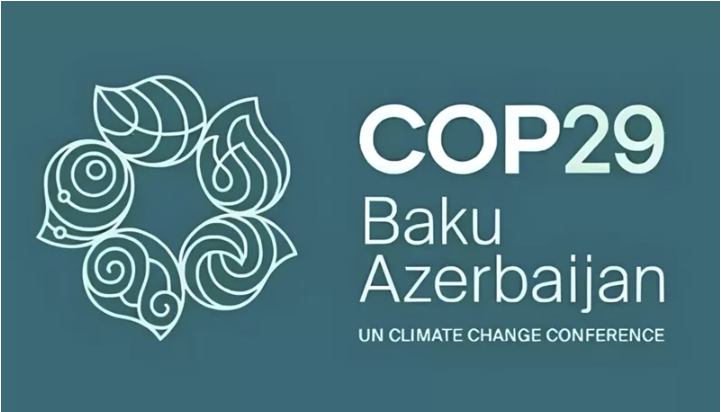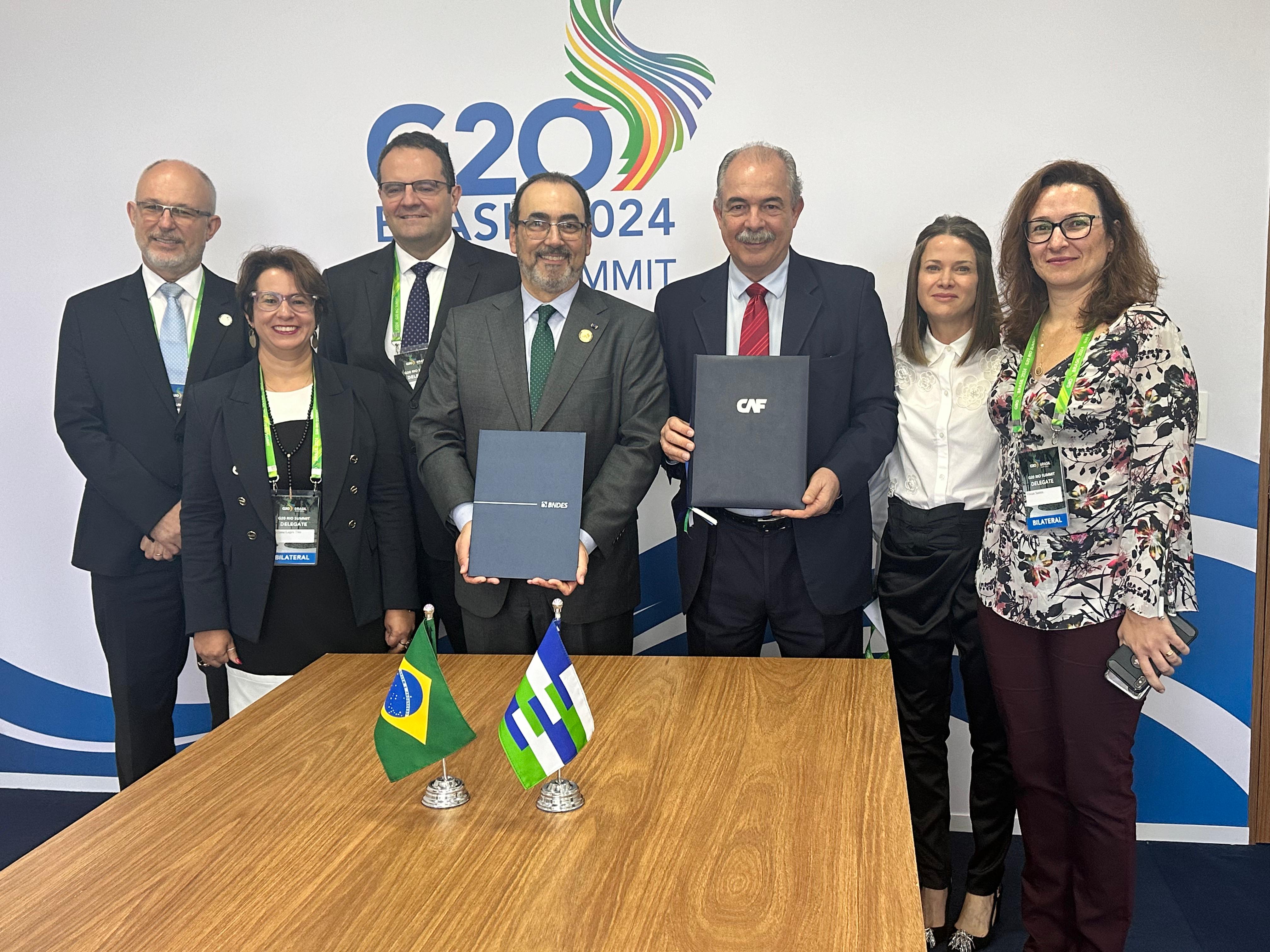
CAF promove na ONU o combate às mudanças climáticas com instrumentos financeiros inovadores
CAF's Executive President, Enrique Garcia, spoke during the 71st United Nations General Assembly regarding the financial obstacles faced by cities in Latin America with respect to fighting climate change. During the meeting held in New York from September 19 to 23, he also met with other key actors of the region, and signed a cooperation agreement with UNDP.
Rapid urbanization has transformed cities into the indisputable motor of development in Latin America, concentrating 80% of the population and generating 65% of the region's GDP.
In the vast majority of cases, this has been an unplanned, rapid process that has brought about undesired effects with it. Today we have more extensive and populated cities, but they also have more problems such as greater contamination and pressure over land use and provision of public services.
In fact, cities are responsible for around 70% of energy-related carbon dioxide emissions and for almost half of the total amount of greenhouse gasses.
Numbers such as these confirm the importance of placing them as priorities when implementing urgent actions to face climate change. However, this crucial step does not seem so simple in Latin America.
"Many cities face several obstacles in obtaining the financing they need, whether due to the size of the investment or the difficulty that they have in designing projects that incorporate climatic objectives are thus more financeable and attractive to investors," stated Enrique Garcia, Executive President of CAF - Development Bank of Latin America, during his presentation at the Sustainable Investment Forum held in New York within the context of the 71st United Nations General Assembly.
Garcia and other experts participated in the "Cities and Regions as Motors for Change" discussion panel, in which they highlighted the need of having innovating financial instruments for climate action.
In this context, the head of CAF highlighted the role of regional development banks in overcoming the current financial barriers, whether by supporting governments in developing comprehensive and climatically intelligent urban projects or by catalyzing international climatic financing by attracting third-party resources.
For example, he detailed some of the specific actions that CAF has carried out in the last five years in more than 25 of the region's cities through financing, technical cooperation and public-private associations within the framework of its "Cities with a Future" initiative, whose objective is the sustainable development of urban areas.
During his visit to New York, the Executive President was also the guest of honor at a business event organized by Americas Society/Council of the Americas regarding Latin America's development challenges and CAF's role. This forum allows the entity's president to present the economic outlook and highlight the existing opportunities for investing in the region, with an emphasis on creating alliances among all of the actors involved (governments, private sector and multilateral banks) to close the gaps in infrastructure.
Garcia also participated in a series of meetings with Heads of State and signed an important cooperation agreement between CAF and the United Nations Development Programme (UNDP), intended to promote the achievement of the region's Sustainable Development Goals (SDG's).
o mais recente

CAF alcançará 35% de financiamento verde em 2024
Durante a COP29 em Baku, Azerbaijão, o CAF anunciou que 35% de seu financiamento em 2024 será destinado a iniciativas que promovem a proteção da biodiversidade e de ecossistemas estratégicos e a adaptação e mitigação às mudanças climáticas. Esse marco reflete o compromisso da instituição em se tornar o banco verde da região, dedicando 40% de seus recursos a iniciativas ambientais e de sustentabilidade até 2026.
CAF, CEPAL, BID e OPAS promovem o desenvolvimento sustentável no G20
Os Organismos Regionais das Américas parabenizam o Brasil por sua bem-sucedida Presidência do G20, destacando sua liderança em temas chave como pobreza, governança e mudanças climáticas. Além disso, reafirmam seu compromisso com ações que promovam equidade e desenvolvimento na região.